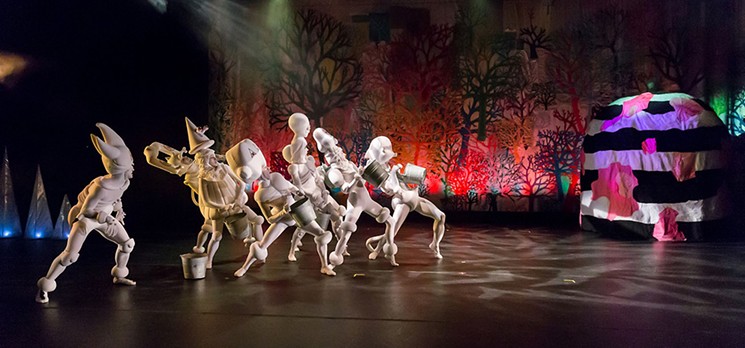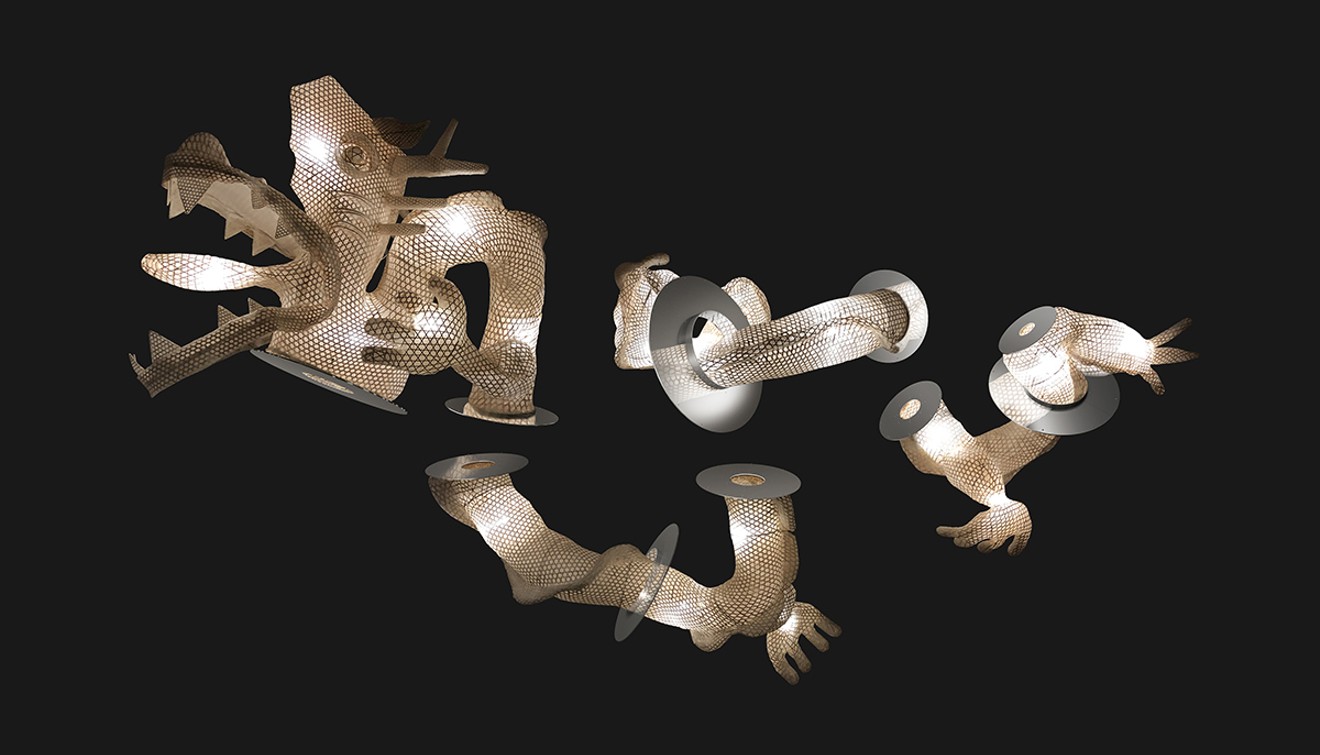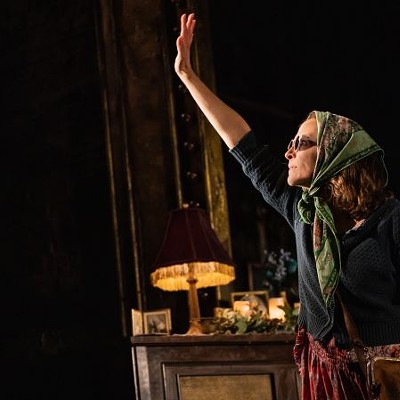With the unveiling of the new Nancy and Rich Kinder Building next fall, there will be three different gallery buildings for viewing art, so your friends will need to get specific when they suggest meeting up at the Museum of Fine Arts, Houston.
The Kinder Building will be dedicated to the museum's growing collection of 20th and 21st century art and supplements the familiar Caroline Wiess Law and Audrey Jones Beck buildings, while also marking the completion of the $450 million, multi-year campus expansion that unifies 14 walkable acres.
There's much to be excited about here, including seven site-specific artworks commissioned to be inaugurated along with the Kinder Building. Tapped to create these major works — which will either mark transitions or activate public spaces — are artists El Anatsui, Byung Hoon Choi, Carlos Cruz-Diez, Olafur Eliasson, Cristina Iglesias, Ai Weiwei and Houstonian Trenton Doyle Hancock (go team!).

Ballet Austin's 2008 production of Cult of Color: Call to Color, with story and visuals by Trenton Doyle Hancock.
Photo by Tony Spielberg, courtesy of Ballet Austin
Carlos Cruz-Diez, who last year lit up the Cistern with his mind-bending "Spatial Chromointerference" light show that bounced off the walls, columns and shallow waters, is no stranger to MFAH; the museum presented the Franco-Venezuelan artist's first large-scale retrospective, along with the Cruz-Diez Art Foundation, in 2011. Cruz-Diez died earlier this year, but his plans for the tunnel between the Kinder and Law buildings — one of his last works — are being realized by the foundation and the artist's studio in Panama. Through a series of three chambers visitors will walk through chromatic environments of red, green and blue light, creating a sensation that the colors have their own physical presence.
Another tunnel, this one connecting the Kinder Building and the Glassell School of Art, will be illuminated with yellow lights. Designed by Olafur Eliasson, the result will be that everybody is cast in yellow and gray tones so that passersby will feel immersed inside a live-action monochromatic film. At two points within the tunnel, natural light will enter through purple filters, creating contrasting effects as the sun moves across the sky.
In the Glassell School — suspended from an atrium ceiling near the Eliasson tunnel — will be the monumental bamboo, aluminum, mirror and silk dragon sculpture (shown at the beginning of this story) by artist Ai Weiwei.
A metallic tapestry by El Anatsui, also monumental in scale, will be installed in the Kinder Building just outside the Cruz-Diez tunnel.
At the main entrance to the Kinder Building, museum-goers will encounter a sculptural pool by Cristina Iglesias. It won't be affected by the gravitational pull of the sun and moon, but the cast-bronze topographical form will mimic those movements by filling and draining in sequence to reveal a striated bed.
At an adjacent entrance will be a trio of sculptures by Byung Hoon Choi. Made from unpolished Indonesian basalt and coming in at around ten feet tall, the vertical forms are titled "Scholar's Way" and are a reinterpretation of the traditional scholar's ethos.
But the biggest jewel in the crown is the architectural design by Steven Holl Architects, the same firm that designed the Glassell School as well as the master plan for the campus redevelopment. The trapezoidal concrete building is clad in vertical glass tubes and fronts the Cullen Sculpture Garden on one side. At night the tubes will emit a soft glow, while five courtyard pools will be inset along the perimeter.
Upon completion, the Kinder Building will add 183,528 square feet, which includes 53,685 square feet for below ground parking while still devoting 56 percent to exhibition spaces. Other features inside the building include a 215-seat film theater, and a ground level restaurant and cafe.
For more information about the Museum of Fine Arts, Houston and its campus redevelopment project, visit mfah.org/about/campus-redevelopment.







